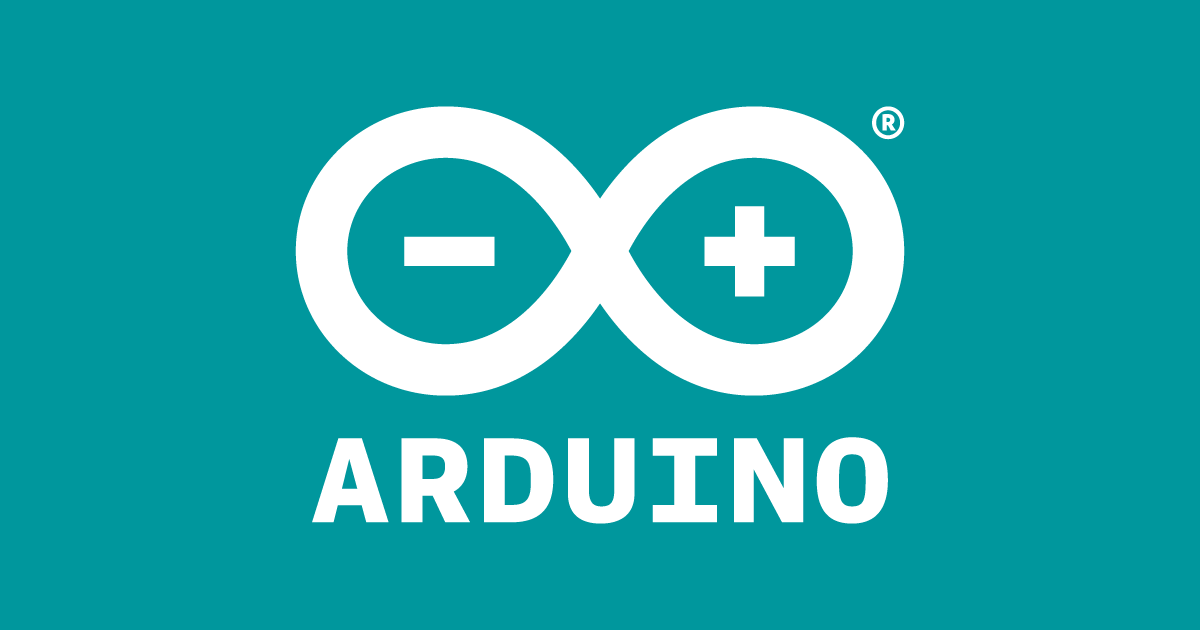I want to learn how to program Arduino boards to use in props, etc...
But! (I'm gonna risk my pride here in the gentle home of the RPF) I don't know anything about how to start.
I've seen some really cool stuff being done with these boards, and I wanna do it too!
I am not a programmer - the only computer programming class I ever took was in 1980, where the languages were Basic, Fortran and Cobal.
I feel a little out of date. All of the tutorials I've come across assume an already learned basic knowledge of the Arduino language, and aren't geared toward beginners.
So, does anyone have recommendations for where to start? And I mean from the REAL beginning.
Thanks Brain-trust!
But! (I'm gonna risk my pride here in the gentle home of the RPF) I don't know anything about how to start.
I've seen some really cool stuff being done with these boards, and I wanna do it too!
I am not a programmer - the only computer programming class I ever took was in 1980, where the languages were Basic, Fortran and Cobal.
I feel a little out of date. All of the tutorials I've come across assume an already learned basic knowledge of the Arduino language, and aren't geared toward beginners.
So, does anyone have recommendations for where to start? And I mean from the REAL beginning.
Thanks Brain-trust!


